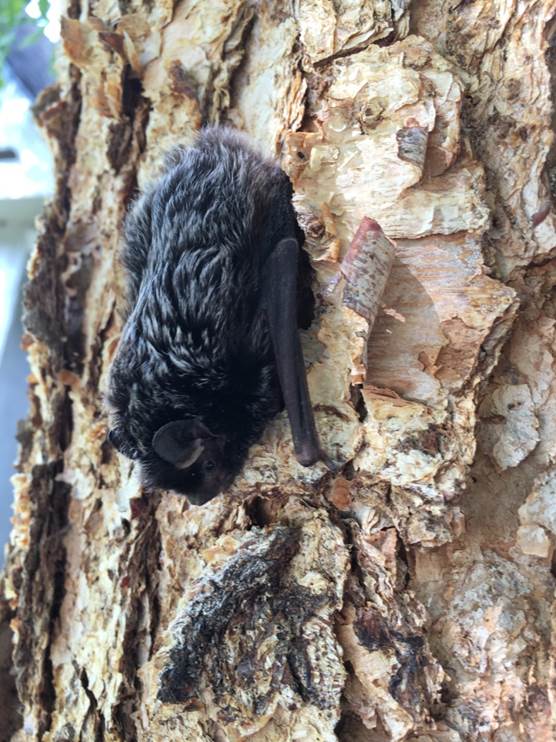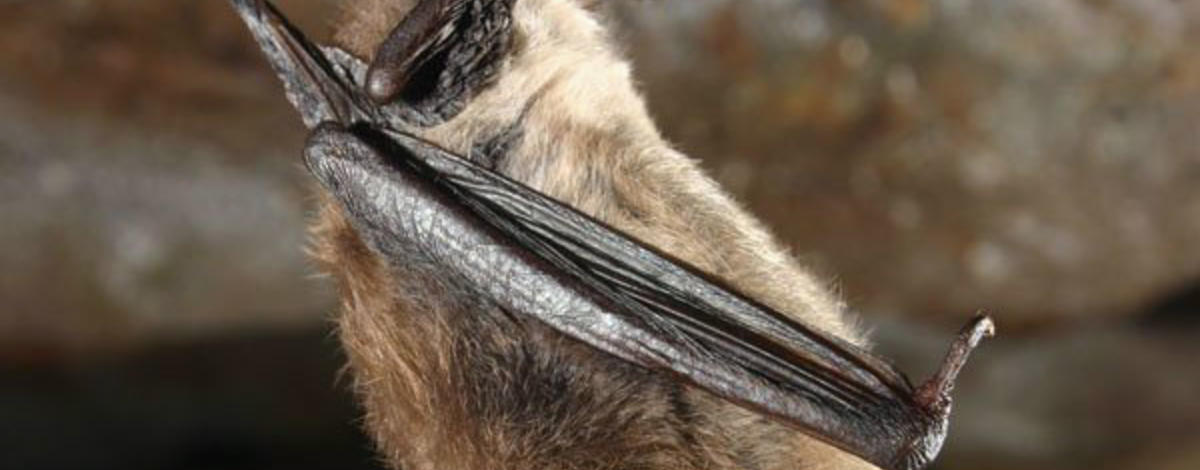An important safety reminder this fall is to avoid all contact with bats as they migrate through Idaho en route to their out-of-state wintering grounds or make short-distance movements in state to their hibernation sites.
A small percentage (less than one percent) of bats ever contract rabies, but people cannot necessarily detect an infected bat by its appearance or behavior. Bats infected with rabies can transmit the virus by bite as early as 12 days before the appearance of clinical signs—and most rabid bats never exhibit clinical signs, but instead become lethargic and die. Treat all bats as if they are infected and avoid any direct contact.
For bats, fall is a critical time of year as they migrate and prepare for hibernation. It’s important to give them their space and don’t interfere when they’re resting. Although rare, humans can contract rabies from bats, as was the case in a recent fatality in Boise County.

Increase your awareness of rabies prevention by following these steps:
- Avoid any direct contact with bats, and never handle a bat with bare hands.
- If you’ve had any type of direct contact with a bat (particularly if you’ve been bitten or scratched), or you find a bat in the same room with a person who might be unaware that a bite or direct contact had occurred (e.g., a deeply sleeping person awakens to find a bat in the room or an adult witnesses a bat in the room with an unattended child, mentally disabled person, or intoxicated person), safely capture the bat without handling it with bare hands and contact your health care provider or local Public Health District for a risk assessment.
- If you find a bat inside your home and can be certain that you have not had a rabies exposure, see this instructional video or call the Idaho Department of Fish and Game for guidance on how to safely capture and release the bat outside.
- If you have a bat colony in your home (e.g., attic, garage, shop), contact the Idaho Department of Fish and Game on how to safely evict and exclude bats.
- If you find a bat outdoors roosting (i.e., hanging from its toes with its head below its feet) on a wall or any other surface (e.g., tree, shrub, garden plant, firewood pile, inside patio umbrella), including tucked horizontally into a crevice at ground level, leave the bat alone and keep people and pets away from it.
- If you find a bat outdoors on the ground away from any kind of roost that appears to be weak, sick or injured, and unable to fly, do not handle the bat with bare hands. Make sure the bat is safe from people, pets, and natural predators then contact the Idaho Department of Fish and Game for guidance. Sometimes the energy demands of migration, and/or the inexperience of young bats, leave bats dehydrated, weak, or disoriented.
- If you find five or more dead/sick bats at the same time in the same place, contact the Idaho Department of Fish and Game for guidance.
- Know that all bat species in the state are legally protected under Idaho Code and classified as “Protected Nongame Species.” It is illegal to harm, harass, or kill them. But that status is not intended to prevent unintentional take, protection of personal health or safety, limit property and building management, or prevent management of animals to address public health concerns. However, there are safe ways to protect your health and property without harming bats.
- And, please, vaccinate your pets for rabies.
Bats are second to raccoons as the most frequently reported rabid animals in the United States
In 2019, bats represented 29.6% (or 1,387) of all animal rabies cases reported in the U.S. Out of 25,327 bats tested that year, only 1,387 (or 5.5%) were confirmed positive for rabies. In Idaho, bats are the only known natural reservoir of rabies, but all mammals are susceptible to rabies virus infection. In 2019, an outdoor cat from Owyhee County was confirmed positive for rabies.

